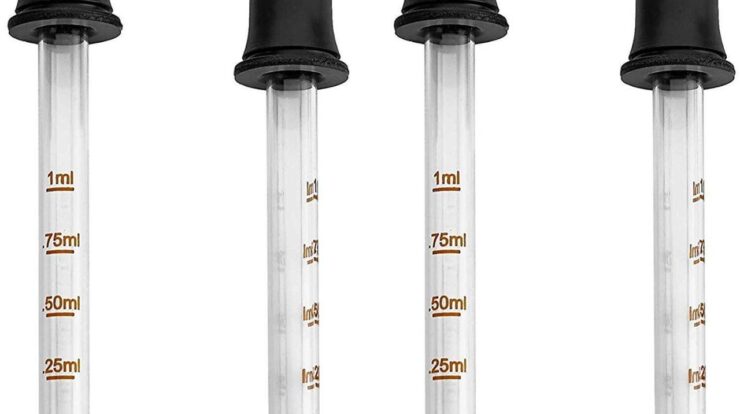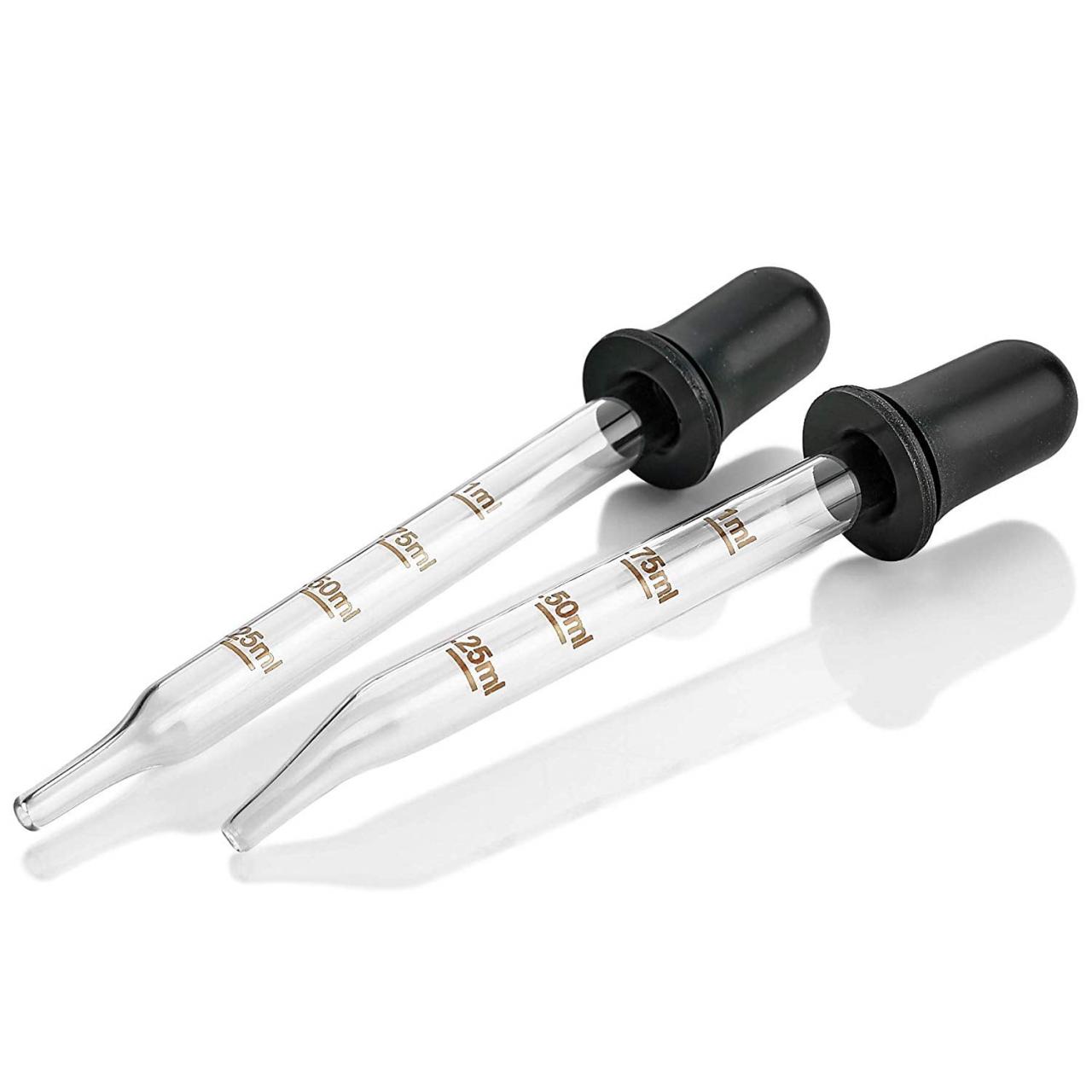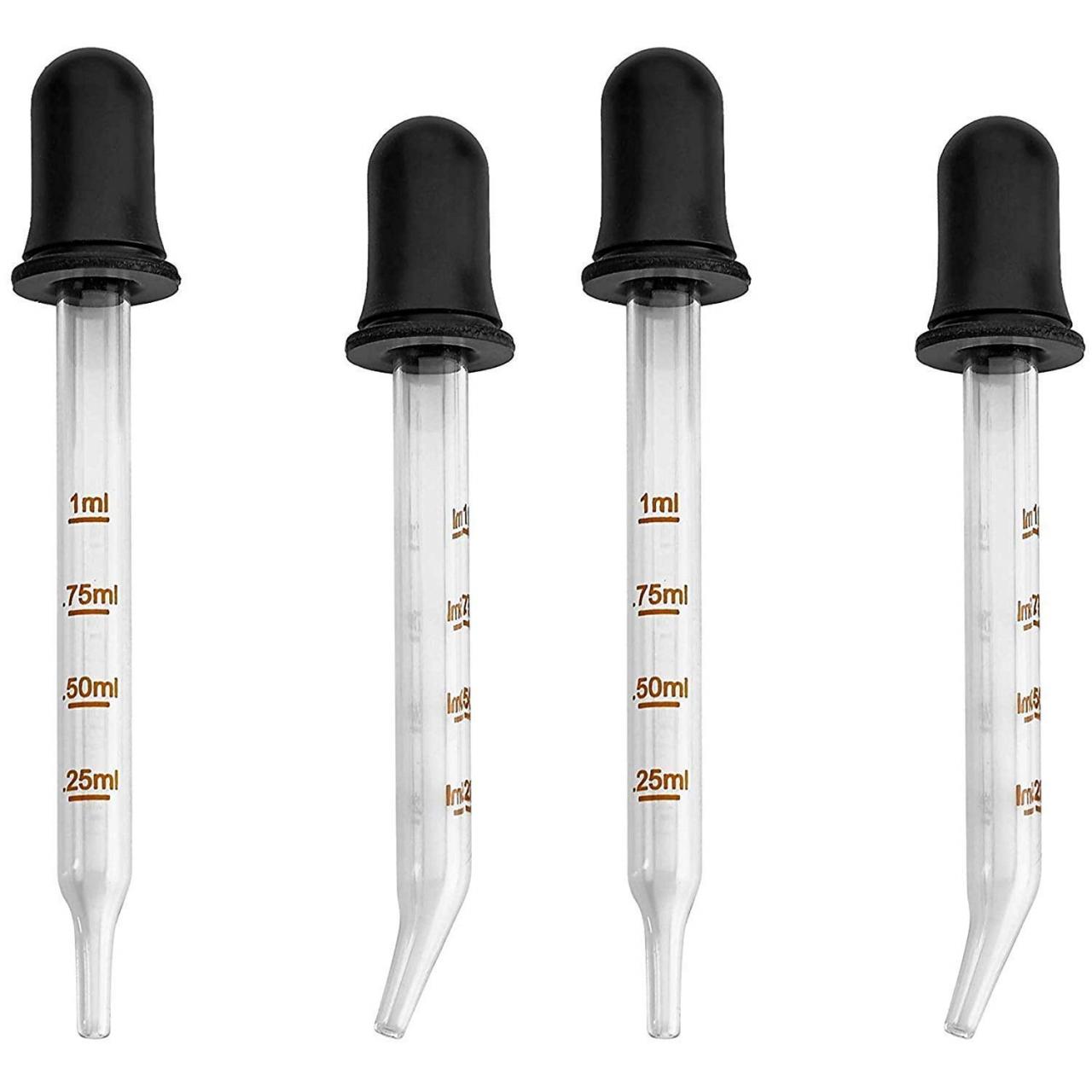
Dropper meaning encompasses a wide range of applications, from dispensing liquids in medical settings to artistic endeavors and laboratory experiments. Understanding the etymology, types, and uses of droppers unveils their significance in various fields.
From administering precise dosages of medication to creating intricate patterns in watercolor paintings, droppers play a crucial role in ensuring accuracy, precision, and creative expression.
Dropper: Definition, Applications, and Significance

A dropper, also known as an eyedropper or pipette, is a simple yet indispensable tool used for dispensing precise amounts of liquid. Its versatility extends across various fields, from medicine to art, making it a ubiquitous presence in laboratories, homes, and creative spaces alike.
Definition and Etymology
The term “dropper” originated from the verb “to drop,” reflecting its primary function of releasing droplets of liquid. Its etymology traces back to Middle English, where “droppe” referred to a small quantity of liquid.
Droppers come in various forms, including glass, plastic, and disposable options, each designed for specific applications. They typically consist of a narrow tube with a bulbous end that can be squeezed to draw up and dispense liquid.
Medical Applications
In medicine, droppers play a crucial role in administering medications such as eye drops, ear drops, and nasal sprays. They enable precise dosage and minimize contamination, ensuring safe and effective treatment.
Different types of droppers are designed for specific medical applications. For instance, ophthalmic droppers have a fine tip for accurate placement in the eye, while nasal droppers are designed to deliver medication to the nasal passages.
Laboratory and Scientific Uses
In scientific experiments, droppers are essential for measuring and dispensing precise volumes of liquids. They are used in chemical reactions, titrations, and various other laboratory procedures.
Droppers used in laboratory settings are typically made of glass or plastic and come in different sizes and graduations to meet the specific requirements of each experiment.
Artistic and Creative Applications, Dropper meaning
Droppers have found their way into the realm of art as well. In painting, calligraphy, and watercolor techniques, droppers allow artists to control the flow and placement of liquids, creating specific effects and textures.
Artists like Jackson Pollock and Wassily Kandinsky have famously used droppers to create their distinctive abstract paintings, demonstrating the versatility of this tool in artistic expression.
Other Uses and Applications
Beyond medicine, science, and art, droppers have numerous other applications. They are used in gardening for watering plants, in cooking for adding flavorings or sauces, and in cleaning for applying solvents or solutions.
The design and materials of droppers vary depending on their specific application. For example, droppers used in gardening may have a larger bulb for dispensing larger volumes of water, while those used in cleaning may be made of chemically resistant materials.
Final Summary

In conclusion, droppers have evolved from simple liquid dispensers to indispensable tools in medicine, science, art, and beyond. Their versatility and adaptability make them a valuable asset in a multitude of applications, where precision, control, and creativity converge.
Question Bank: Dropper Meaning
What is the primary use of a dropper?
Droppers are primarily used for dispensing small, precise amounts of liquids in various applications.
How are droppers used in medicine?
In medicine, droppers are employed to administer eye drops, ear drops, and nasal sprays, ensuring accurate dosage and minimizing contamination.
What materials are droppers made of?
Droppers can be made of various materials, including glass, plastic, and disposable options, depending on their specific application.





